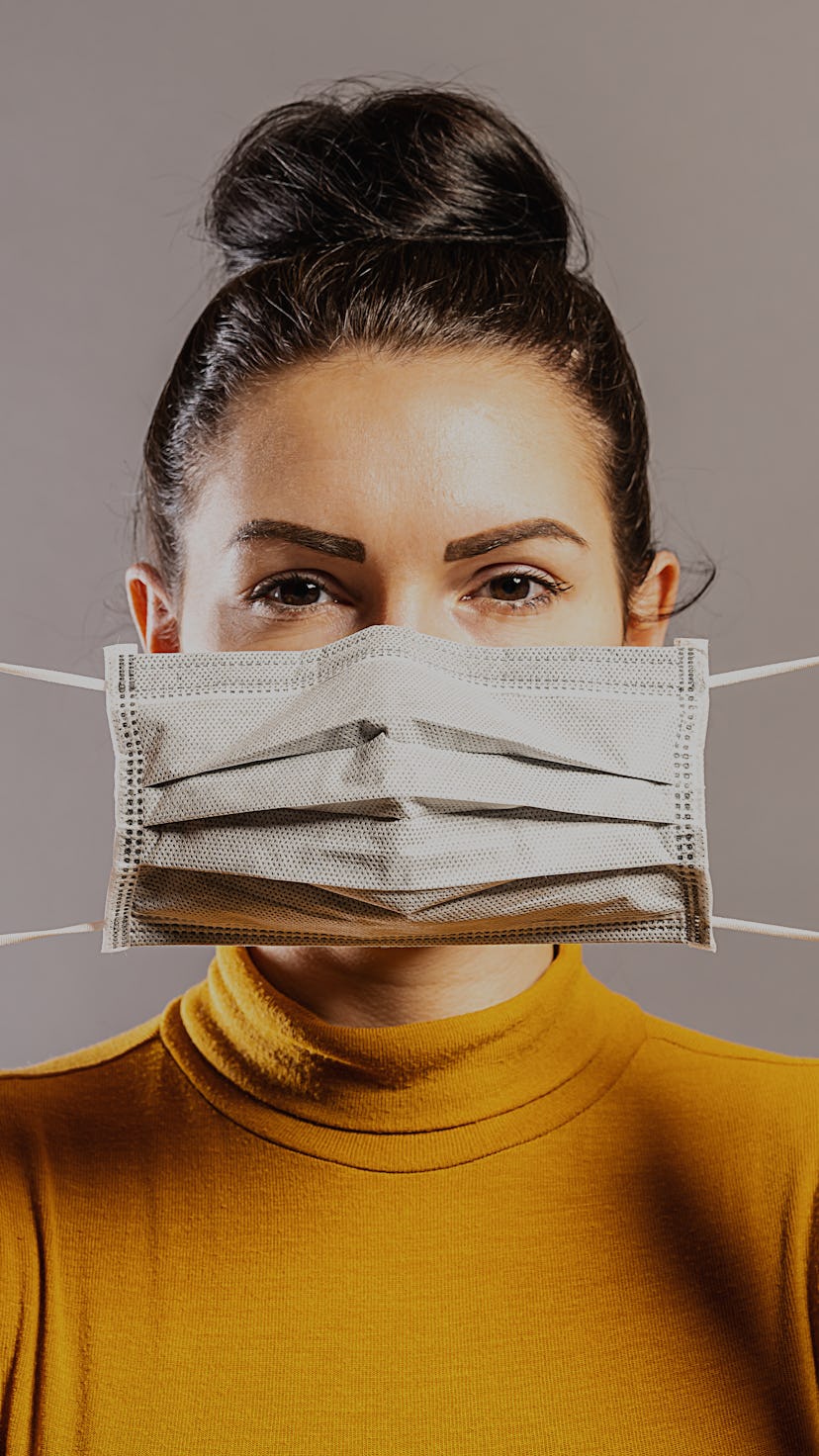Researchers at Duke University are using a novel method to judge the effectiveness of different styles of face mask.
Ditch the fleece
Fischer's experiment, which appeared in a proof-of-concept in Science Advances, turned up several interesting findings, including some disconcerting evidence regarding fleece masks.
6. Cotton 5 (2-layer cotton, pleated style mask)
7. Cotton 2 (2-layer cotton, pleated style mask)
8. Valved N95 (N95 mask with exhalation valve)
9. Cotton 4 (2-layer cotton, Olson style mask)
10. MaxAT (1-layer Maxima AT mask)
11. Cotton 1 (1-layer cotton, pleated style mask)
12. Cotton 3 (2-layer cotton, pleated style mask)
13. Knitted (Knitted mask)
14. Bandana (Double-layer bandana)
15. 'None' (Control experiment, no mask)
16. Fleece
